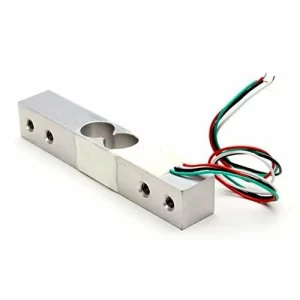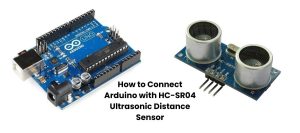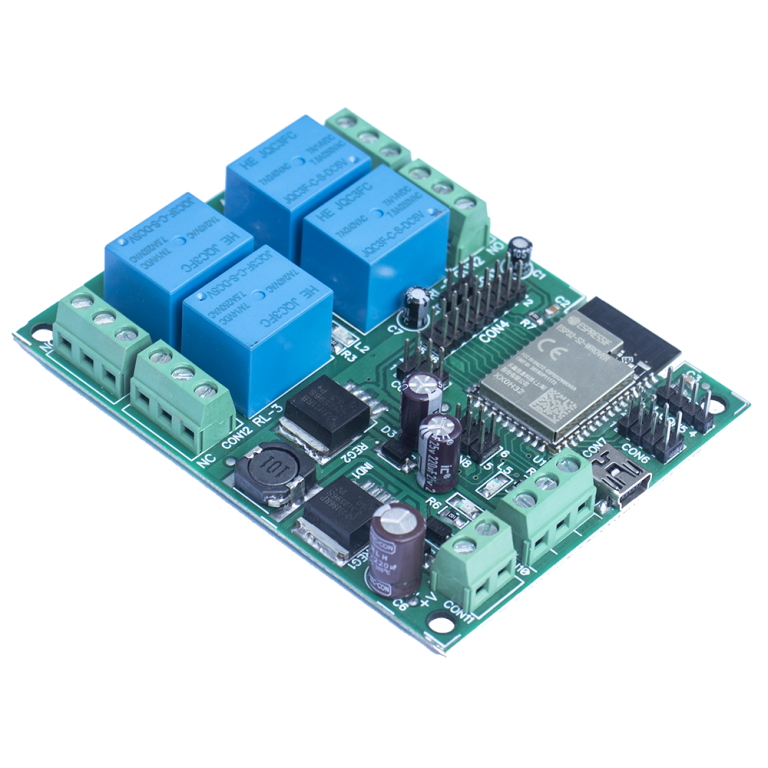Unleashing the Power of Arduino in Robotics and Home Automation
Exploring Arduino’s Applications in Robotics and Home Automation
Arduino’s Role in Robotics
Arduino’s versatility finds extensive applications in both robotics and home automation, serving as the linchpin for a myriad of innovative solutions. In the field of robotics, Arduino takes center stage in the following applications:
1. Motor Control
Arduino boards take charge of directing the movement of robotic components like arms and wheels. This is achieved through seamless integration with motor drivers and actuators.
2. Sensor Integration
Facilitating the integration of various sensors such as ultrasonic, infrared, and gyroscopic sensors, Arduino empowers robots to perceive and interact with their environment effectively.
3. Autonomous Systems
Arduino plays a pivotal role in the creation of autonomous robots capable of executing tasks without human intervention. This includes navigation, object detection, and manipulation.
Arduino’s Contribution to Home Automation
Extending its influence to home automation, Arduino contributes significantly to various applications:
1. Smart Lighting
Arduino-based systems take charge of lighting control based on user preferences, motion detection, or ambient light levels, ensuring energy efficiency and convenience.
2. Temperature and Climate Control
Arduino enables the automation of heating, ventilation, and air conditioning (HVAC) systems, maintaining optimal indoor climate conditions effortlessly.
3. Security Systems
Arduino is a cornerstone in the development of customized security solutions, encompassing surveillance cameras, motion detectors, and access control systems, bolstering home security.
4. Energy Management
Home automation systems based on Arduino diligently monitor and optimize energy usage, leading to cost savings and environmental benefits.
The Impact of Arduino in Robotics and Home Automation
Arduino’s influence reverberates across enthusiasts, engineers, and homeowners, empowering them to craft innovative solutions tailored to a diverse array of applications. Its impact on the world of electronics continues to expand, solidifying its position as an invaluable resource.
In conclusion, Arduino’s role in both robotics and home automation is transformative. As technology advances, its adaptability and impact on shaping the future of electronics remain unparalleled.
You may also like:
What is Arduino and how does it work ?
How is Arduino different from other microcontroller platforms ?
What do you understand by the term “robotics” ?


















